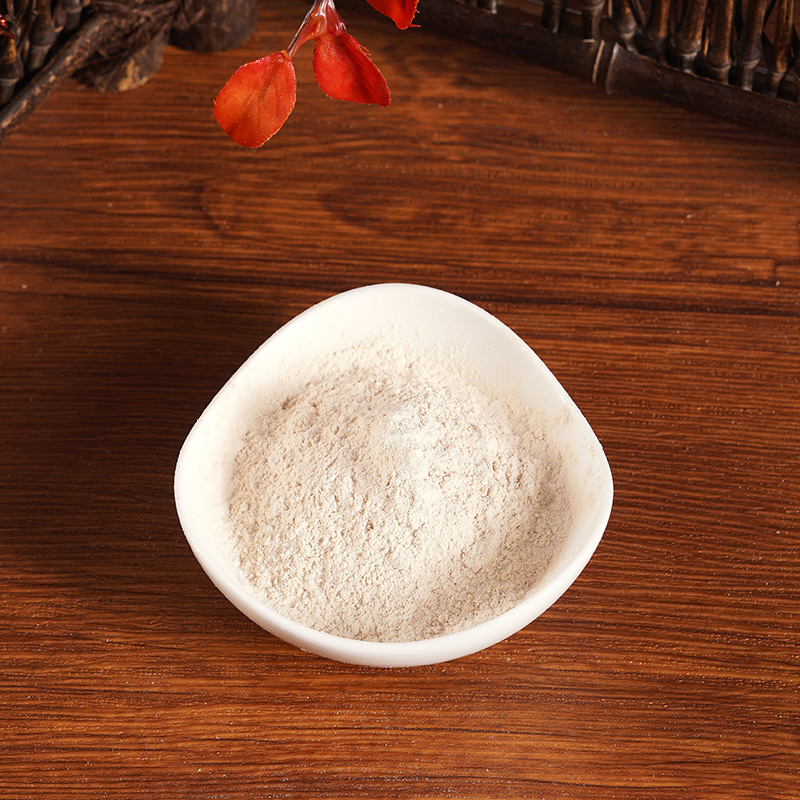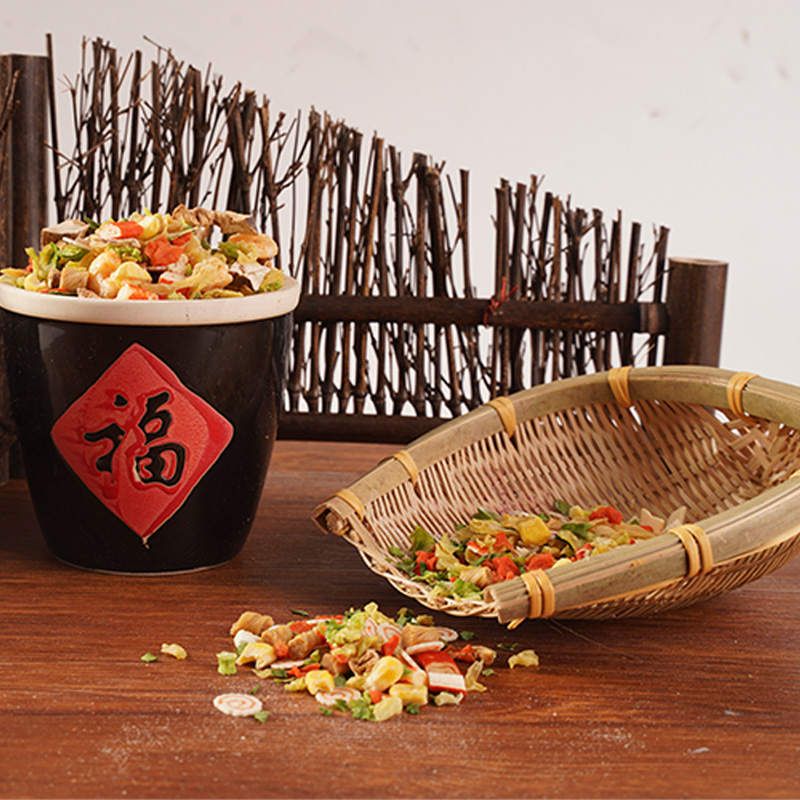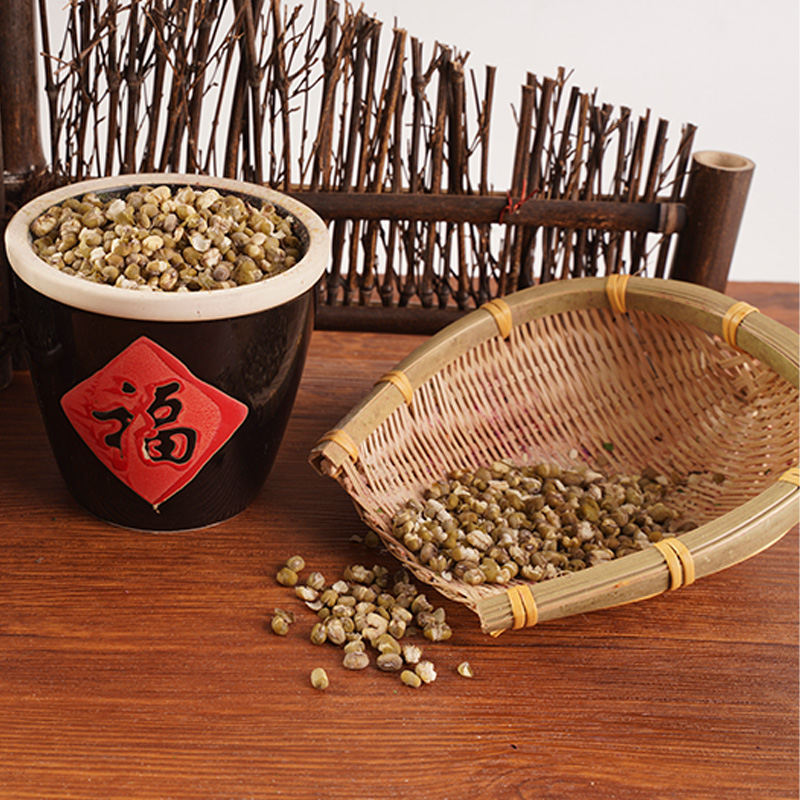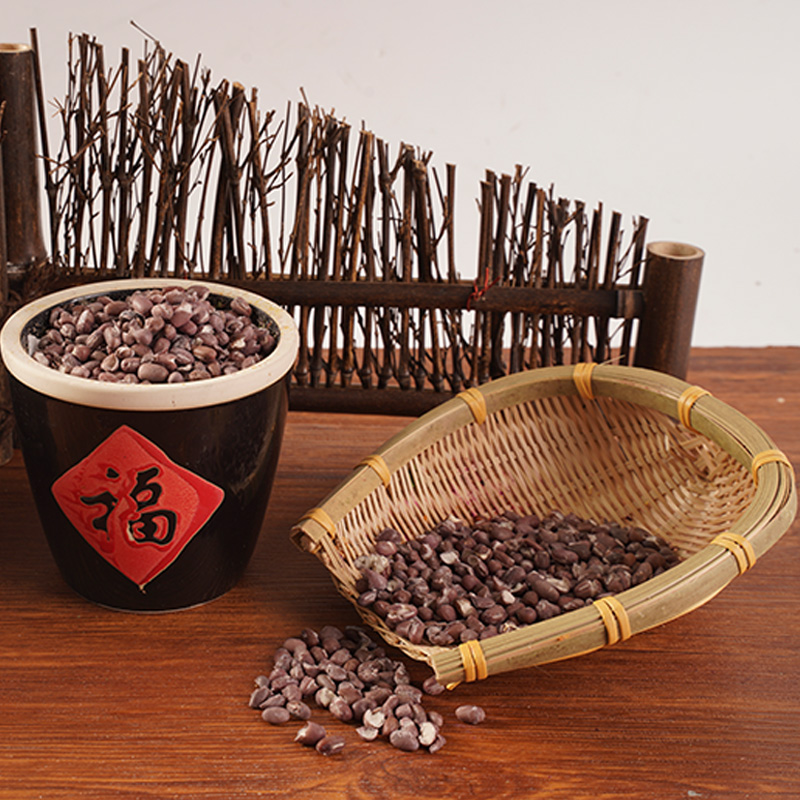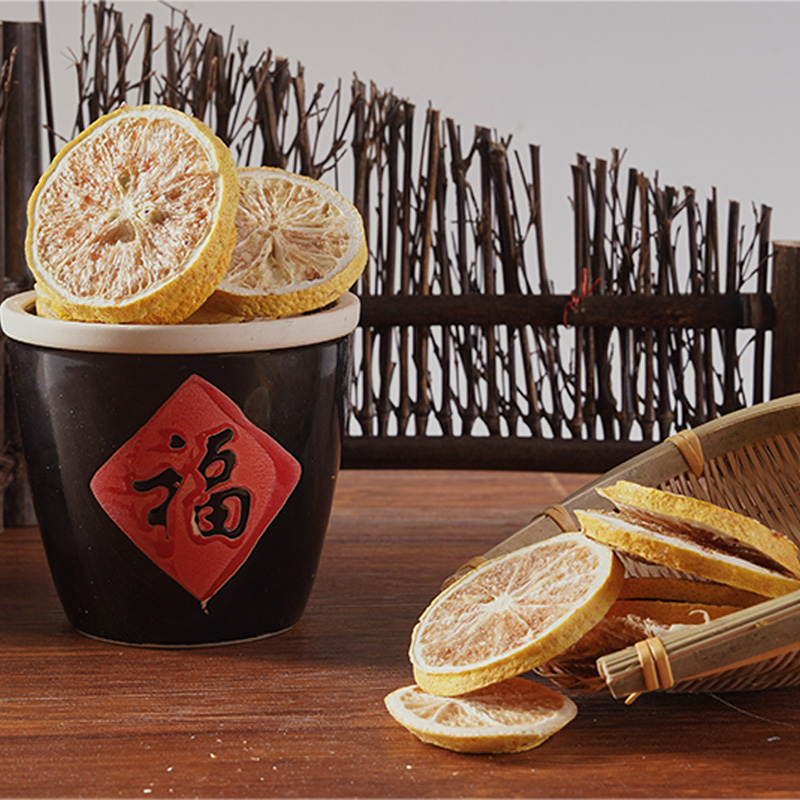A Comprehensive Guide to Dehydrated and Freeze-Dried Vegetables: Technology, Applications, and Benefits
In an era focused on sustainability, convenience, and long-term food security, the role of preserved foods has evolved significantly. Among the most technologically advanced and nutritionally mindful options are dehydrated vegetables and their premium counterpart, freeze-dried vegetables.
Understanding the Basics: Dehydration vs. Freeze-Drying
While both methods aim to remove moisture to inhibit microbial growth and spoilage, they achieve this through fundamentally different processes, leading to distinct end products.
1. Dehydrated Vegetables
Dehydration is one of the oldest food preservation methods. Modern industrial dehydration typically uses heated air to remove moisture from vegetables.
-
Process: Sliced or diced vegetables are placed in a dryer where circulating hot air (approximately 130-160°F or 55-70°C) evaporates the water content over several hours. This process reduces the water activity significantly, making the vegetables shelf-stable.
-
Characteristics: The resulting dehydrated vegetables are leathery, shriveled, and hard. They have a concentrated flavor and are significantly reduced in size and weight. Common examples include sun-dried tomatoes, dehydrated onion flakes, and dried mushrooms.
2. Freeze-Dried Vegetables
Freeze-drying, or lyophilization, is a more complex and costly process that preserves the food's structure more effectively.
-
Process: The process involves three stages:
-
Freezing: The vegetables are rapidly frozen to very low temperatures (e.g., -40°F/C).
-
Primary Drying (Sublimation): The frozen vegetables are placed in a vacuum chamber. Under a strong vacuum, the ice crystals transition directly from a solid to a gas (sublimate) without passing through a liquid phase.
-
Secondary Drying (Desorption): Any remaining bound moisture is removed by applying slightly higher temperatures, leaving the vegetable matrix dry.
-
-
Characteristics: Freeze-dried vegetables maintain their original shape, color, and size. They are porous and crisp. When rehydrated, they often return very close to their original texture and flavor. Freeze dried green beans, for instance, will look like fresh green beans but become brittle and can be easily rehydrated in water.
Key Applications Across Industries
The utility of these preserved vegetables extends far beyond emergency food supplies.
-
Food Manufacturing: They are integral ingredients in instant soups, noodles, ready-to-eat meals, spice blends, and snack seasonings. Dehydrated vegetables like onions and carrots provide a cost-effective flavor base.
-
Camping and Outdoor Activities: The extreme light weight and long shelf life make both types, especially freeze-dried options, ideal for backpackers, campers, and military rations.
-
Emergency Preparedness: A cornerstone of long-term food storage plans for homes and institutions due to their stability for 25-30 years (freeze-dried) when properly packaged.
-
Culinary Use: High-end restaurants use freeze-dried powders (e.g., beetroot, tomato) for intense flavor and color without adding moisture. Home cooks use them to add convenience to daily meals.
-
Space Exploration: Freeze-drying is the preferred method for preparing meals for astronauts due to its superior retention of nutritional quality and ease of rehydration in microgravity.
Comparative Analysis: Freeze-Dried vs. Dehydrated
| Feature | Freeze-Dried Vegetables | Dehydrated Vegetables |
|---|---|---|
| Process | Sublimation under vacuum | Evaporation with heat |
| Texture | Light, airy, crisp | Leathery, tough, hard |
| Color & Shape | Retains original appearance | Shriveled, darkened |
| Rehydration | Very quick (minutes), near-original texture | Slow (often requires cooking), chewier texture |
| Nutritional Retention | Excellent retention of vitamins, minerals, and phytonutrients | Higher loss of heat-sensitive vitamins (e.g., Vitamin C) |
| Weight | Extremely light | Light, but often denser than freeze-dried |
| Cost | Higher due to energy-intensive process | Lower, more economical |
| Shelf Life | 25-30 years | 5-15 years |
| Primary Use | Premium applications, instant rehydration | Cooking, cost-sensitive manufacturing |
Frequently Asked Questions (FAQ)
Q: Are the nutrients completely lost in these processes?
A: No. While some nutrient degradation occurs in any preservation method, freeze-drying is renowned for retaining most vitamins, antioxidants, and phytonutrients due to the lack of heat and oxygen exposure. Dehydration causes a greater loss of heat-sensitive vitamins like Vitamin C and Thiamine, but minerals and fiber remain intact.
Q: How should I store these products?
A: Both should be stored in a cool, dark, and dry place. For long-term storage, they must be in airtight containers with oxygen absorbers to prevent oxidation and moisture ingress, which will degrade quality and shorten shelf life.
Q: Can I freeze-dry or dehydrate food at home?
A: Yes. Home dehydrators are widely available and affordable for producing dehydrated vegetables. Home freeze-drying units are also available but represent a significant investment in both cost and counter space.
Q: Why do some recipes call for dehydrated instead of freeze-dried?
A: The choice often depends on the desired outcome and cost. Dehydrated vegetables like onions and celery are preferred in slow-cooked dishes like stews where they have time to rehydrate and blend in. Freeze-dried products are chosen for dishes where texture, color, and quick reconstitution are priorities.
Q: Is there a taste difference?
A: Yes. Dehydration often concentrates sugars and can sometimes introduce a slightly cooked or caramelized flavor. Freeze-drying typically preserves the fresh, original taste of the vegetable.
The choice between dehydrated vegetables and freeze-dried varieties is not a matter of which is universally better, but rather which is most appropriate for the specific application. Dehydration offers an economical and effective solution for many culinary and industrial uses. Freeze-drying, while more expensive, provides unparalleled quality, nutritional retention, and convenience for scenarios where these factors are paramount. Together, these technologies play a crucial role in creating a resilient, efficient, and versatile global food supply chain.
News Category
- Company News(1)
- Industry News(68)



 English
English русский
русский 日本語
日本語 한국어
한국어 中文简体
中文简体






